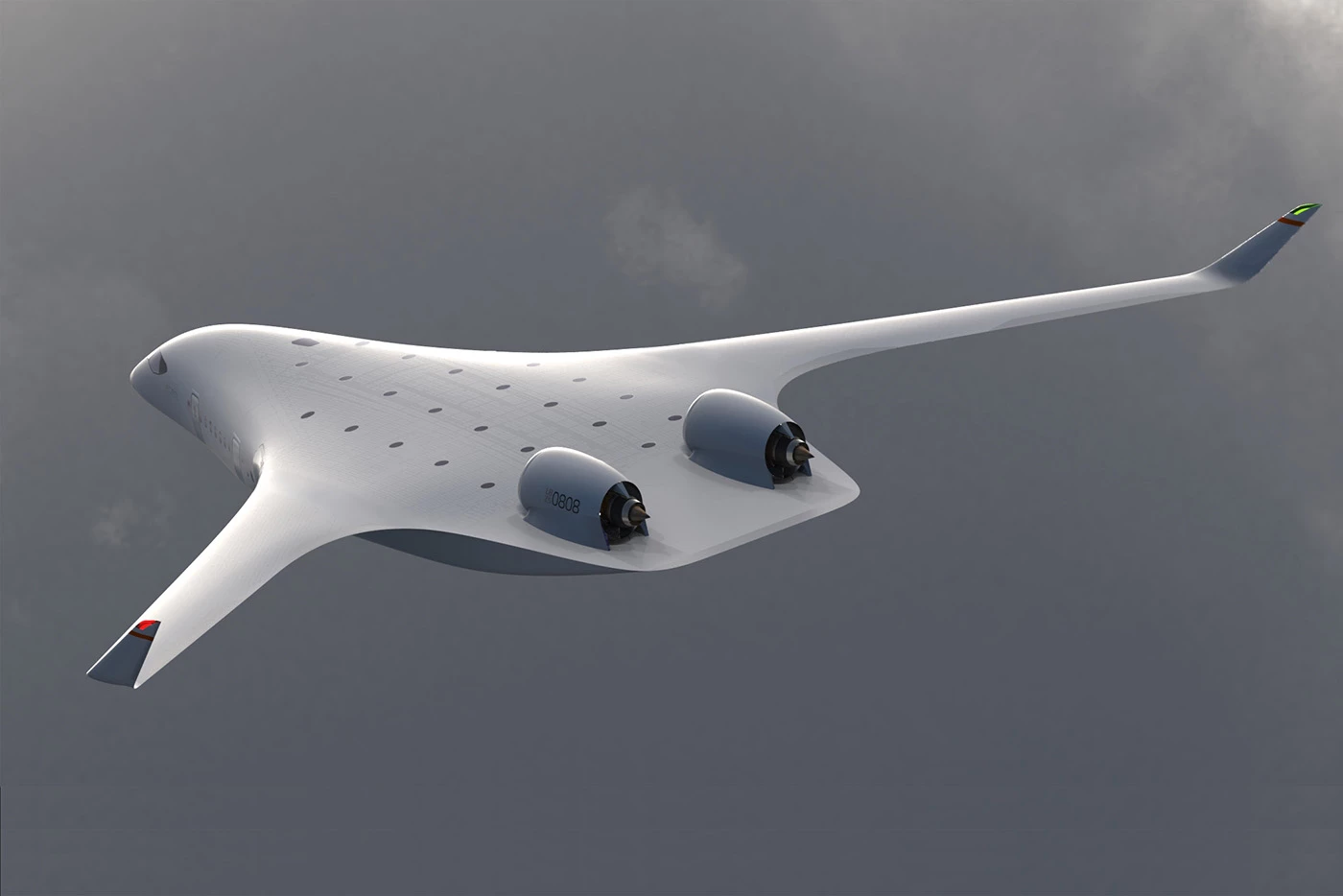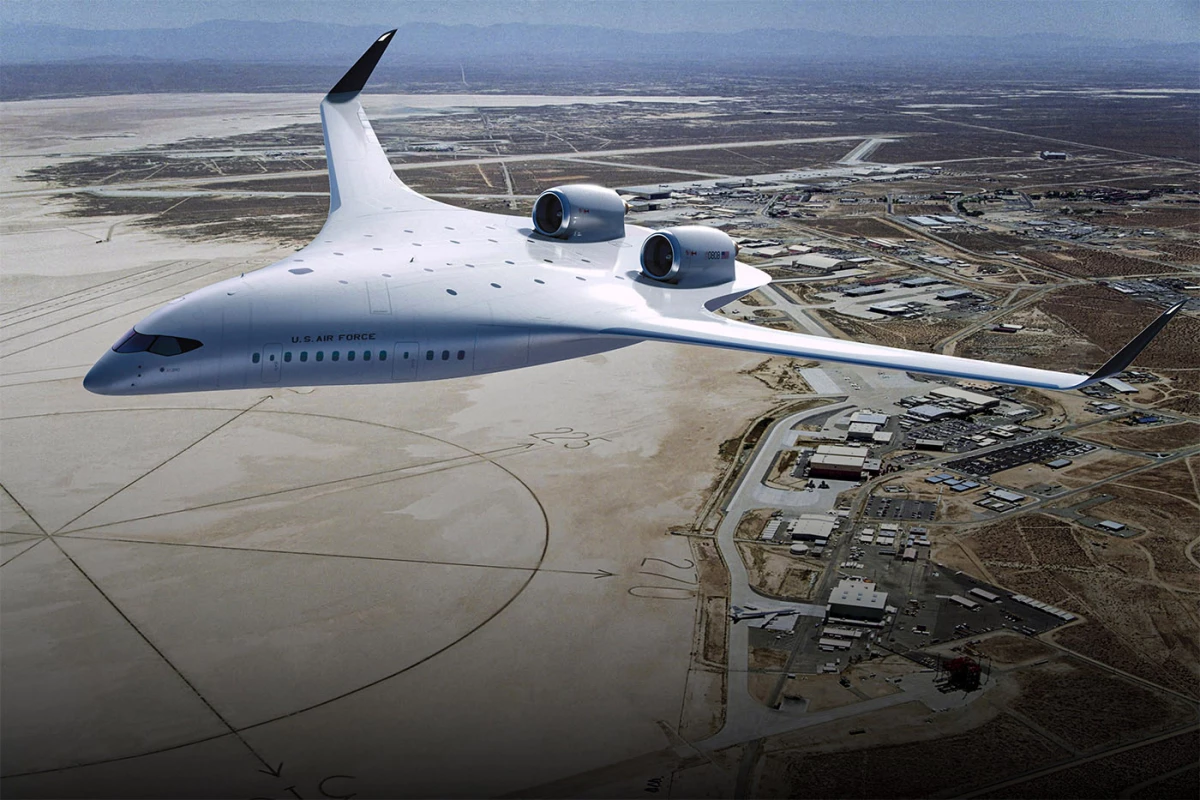This unique blended-wing airliner promises not only to reduce fuel burn and emissions by an enormous 50% - but thanks to a new partnership, it could also be the best chance we've seen to deliver proper long-range, zero emissions air travel.
UK-based air carrier easyJet is teaming up with blended wing airliner startup JetZero to develop hydrogen-fueled aircraft for commercial flights (link to PDF).
I'll have to admit, that caught me by surprise. EasyJet is well known as a low-cost option for flying around Europe. As it turns out, it's also been investing in developing hydrogen propulsion tech for aircraft for years now.
The airline's partnering with JetZero to explore the fascinating potential of running hydrogen fuel in a blended-wing airframe. It follows previous ambitious eco-friendly initiatives it's pursued over the years. They include plans for a more fuel-efficient aircraft back in 2007 that hasn't yet seen the light of day, and running an aero engine on hydrogen with Rolls-Royce in 2022.
“JetZero’s blended wing body configuration delivers what the industry most needs today: lower fuel burn, lower emissions and a viable path to zero carbon emissions. We welcome easyJet to the Airline Working Group and look forward to furthering the work of incorporating hydrogen,” said Tom O’Leary, CEO and cofounder of California-based JetZero.

Purposeful design
JetZero's blended wing concept isn't just a pretty take on modern aircraft. The flat fuselage can contribute much more lift than the traditional tube shape of most planes, reducing the amount of dedicated wing surface the jet needs to climb and stay in the air.
Plus, its aerodynamically stable design negates the need for a tail wing. These add up to significant reductions in drag and weight, along with smaller engines to boot. The result, claims the company, is radically lower fuel burn and emissions.
According to JetZero founder Mark Page, "The blended wing is 50% more efficient. It uses half the fuel, makes half the carbon dioxide compared to a tube-and-wing aircraft, frankly, even with the same engines."
The broad body opens up additional interior space out toward the wings - which can fit in extra passengers. But it's also a perfect opportunity to bring in extra hydrogen fuel - gaseous and liquid hydrogen both store considerably more energy than batteries per weight, but they take up a fair bit of volume. Hence why a blended wing design could be the perfect platform for a clean hydrogen airliner capable of serious range.
Counting down to takeoff
JetZero has come a long way from Mark Page's blended wing demonstrator in the 1990s. The company came out of stealth mode last May with plans to build and certify an aircraft, with US$4.5 million in VC funding.
Less than four months later, it snapped up a $235 million award (PDF) from the US Department of Defense. JetZero is slated to receive those funds over the course of four years, with a commitment to launch its full-scale demonstrator in early 2027.
The company's design can be adapted to various aircraft types, including freighters, jetliners, and tankers – the latter being of special interest to the US Air Force.

This March, its demonstrator received approval from the US FAA to begin test flights. Should all go to schedule, and the aircraft breezes through certification, the company plans to get it into commercial service by 2030.
By joining forces with easyJet, the company is on track to make an impact beyond building a better airplane. JetZero's wildly different airframe promises a step change in long-haul efficiency, and offers one of the best opportunities we've seen for getting long-range clean aviation... But good luck getting a window seat!
Source: JetZero (PDF)





